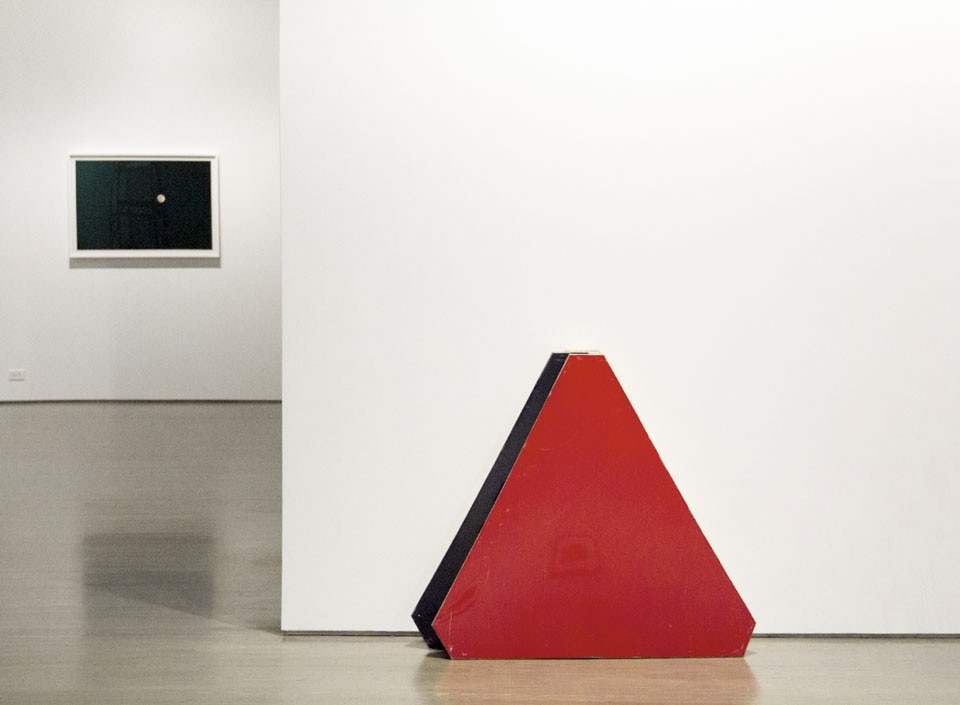In Madrid, our fourth Studio Visit finds Estudio SIC, where the projects lead by Esaú Acosta Pérez, Mauro Gil-Fournier Esquerra and Miguel Jaenicke Fontao introduce new values that are in tune with the real needs of those living in the city. In Barcelona, architect Andrés Jaque and his Office for Political Innovation bring visibility to the hidden, imperceptible layers that are essential to keep a building like the Mies van de Rohe Pavilion running. Finally, in Paris, young Belgian designer Laurent Corio has created a multifunctional, foldable desk, which was recently presented at Maison & Objet 2013.
The particular way in which a thing exists
An interview from Montreal by Victoria Øye
One could say that I have a specific interest in paradoxical moments in the immediate past. The various objects, events, and narratives I am drawing from point to transformative junctures in recent history, moments when things shift and change, when it is not quite clear which way things will be going, moments with contradictory futures and multiple pasts. The paradox is key to that interest as it offers a metaphorical figure in which multiple and complex pathways are condensed. This convergence of possibilities and impossibilities is something that I am keenly interested in; as a way of thinking, as a way of looking, and as an investigation of what art is capable of.
[ Read the full article ]
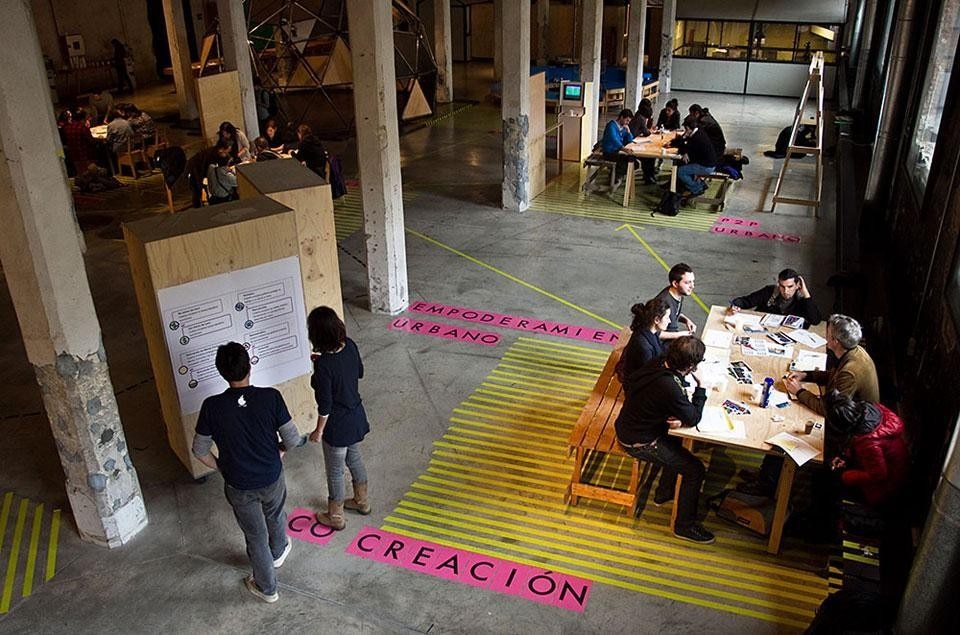
An architecture report from Madrid by Gianpiero Venturini
In recent years, an interesting phenomenon has been taking hold once again in Spain: architecture collectives [the "Colectivos de Arquitectura"] are re-appearing, in response to the change of conditions currently afflicting the profession. A result is the re-emergence of a number of key concepts that characterise these young groups of creatives: work based on collaboration, plurality and the creation of innovative ideas through debate and confrontation. Despite the fact that Spain, and in particular Madrid, have for some years been living in a state of uncertainty, highly innovative initiatives find space here. This is the case of those presented by Estudio SIC, a research and architecture collective founded in 2004 by Esaú Acosta Pérez, Mauro Gil-Fournier Esquerra and Miguel Jaenicke Fontao. Although they are based in Madrid, they have always supported initiatives based on permeability and delocalisation of the workspace.
[ Read the full article ]
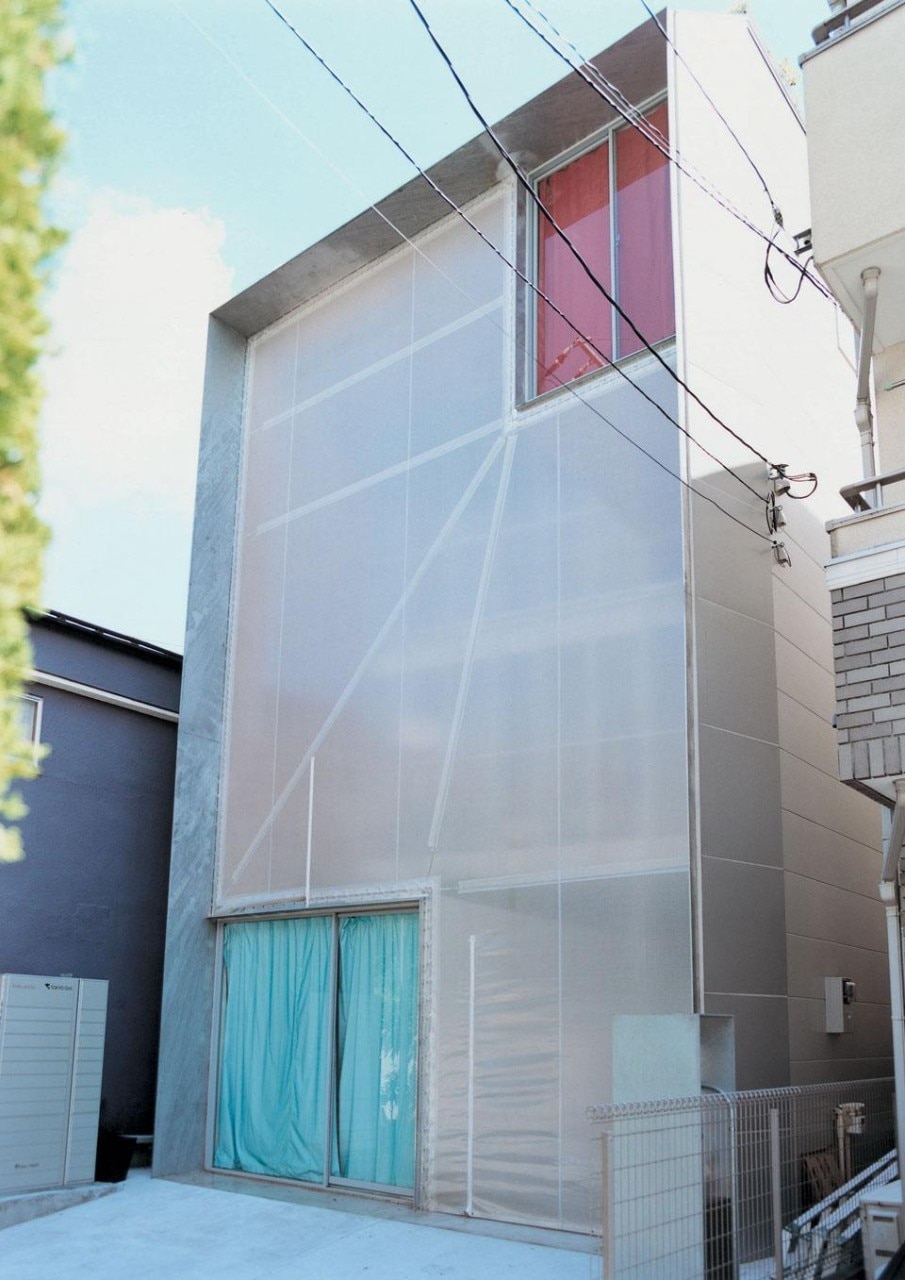
An architecture report from Tokyo by Salvator-John A. Liotta
Share Yaraicho responds to a growing demand for alternative patterns of living and is the first shared house in Tokyo that has been specifically designed as such. It may seem strange but in Japan, all the other existing shared houses are the result of buildings being adapted and converted for the purpose. Over recent years, due to economic and cultural issues but above all for reasons of social transformation, Japan has changed considerably, in fact in 2012 for the first time the percentage of people living alone in Tokyo has topped 50%. Most Japanese young (and old) people live alone and this represents a major difference with respect to their European and American counterparts for whom sharing a house with other students or workmates is a widespread practice. Share Yaraicho – thanks to spaces for socialising and living together – offers an alternative in response to an increasingly widespread request to oppose the trend of social solitude destined to increase over the coming years.
[ Read the full article ]
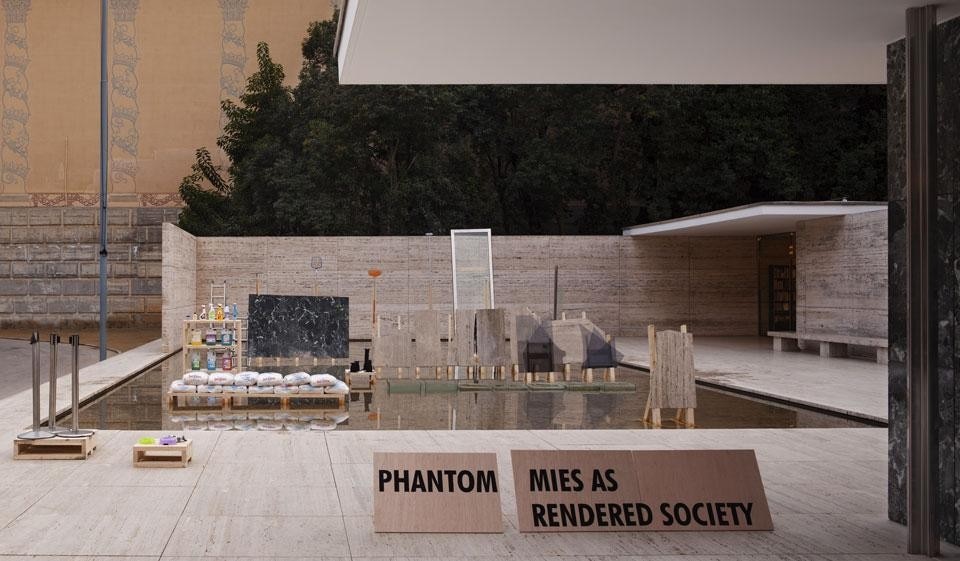
An architecture report from Barcelona by Ethel Baraona Pohl
Many images come to mind when you think about the Mies van der Rohe Pavilion: a modest pavilion in comparison with the large infrastructures built for the 1929 Barcelona International Exposition; a design that is simple yet with great architectural force, full of reflections and transparencies and metallic, cross-shaped pillars. It also reminds you of terms such as "minimalism", "open plan" and "spatial continuity". But you're unlikely to think about how it's cleaned, where supplies or replacement parts are stored, or who feeds the cats that patrol it both day and night. In the new installation Phantom. Mies as Rendered Society, architect Andrés Jaque and his Office for Political Innovation have sought to bring visibility to these hidden, almost imperceptible layers that are essential to keep a building of this kind running.
[ Read the full article ]
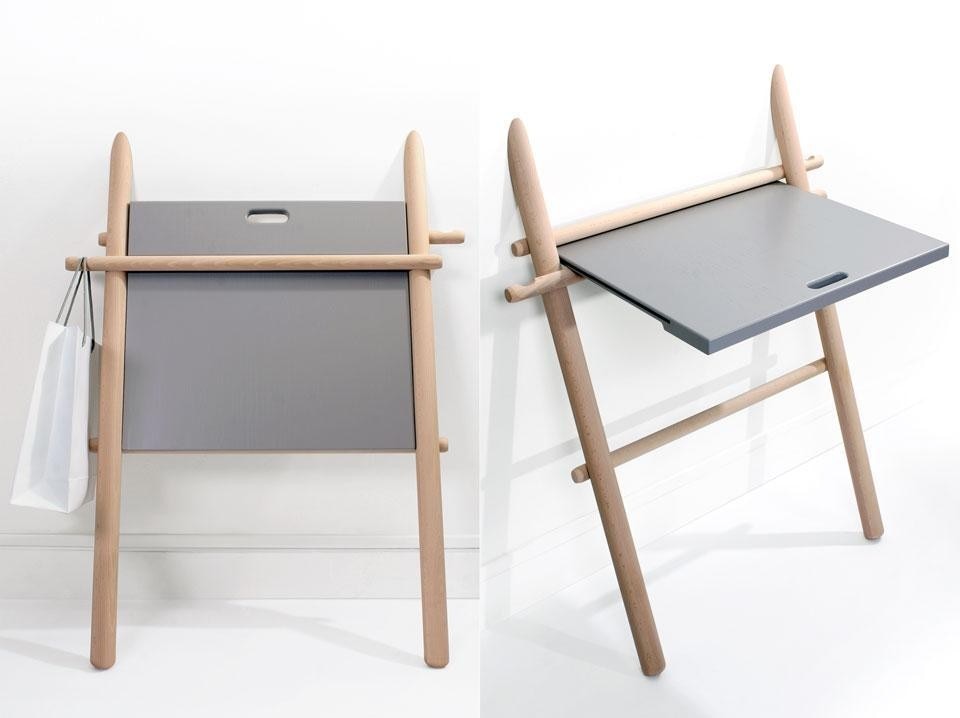
A news report from Paris
Young Belgian designer Laurent Corio has recently presented Appunto, a multifunctional, portable, foldable desk for French ENO Studio, an up-and-coming "editor of objects". The brand, whose acronym stands for (éditions nouveaux objets), has this year harnessed the talents of young French designers such as Valérie Windeck, Rémi Fontaine and Thomas Merlin. With Corio, ENO have developed what is ultimately a small and portable office. Appunto is a foldable desk in solid beech wood, featuring a glaze on its tabletop, which gives it more flexibility of usage. It was designed to rest against a wall, and when needed, it can quickly be deployed to form a small table, a desk for note-taking, a side table when needed.
[ Read the full article ]


